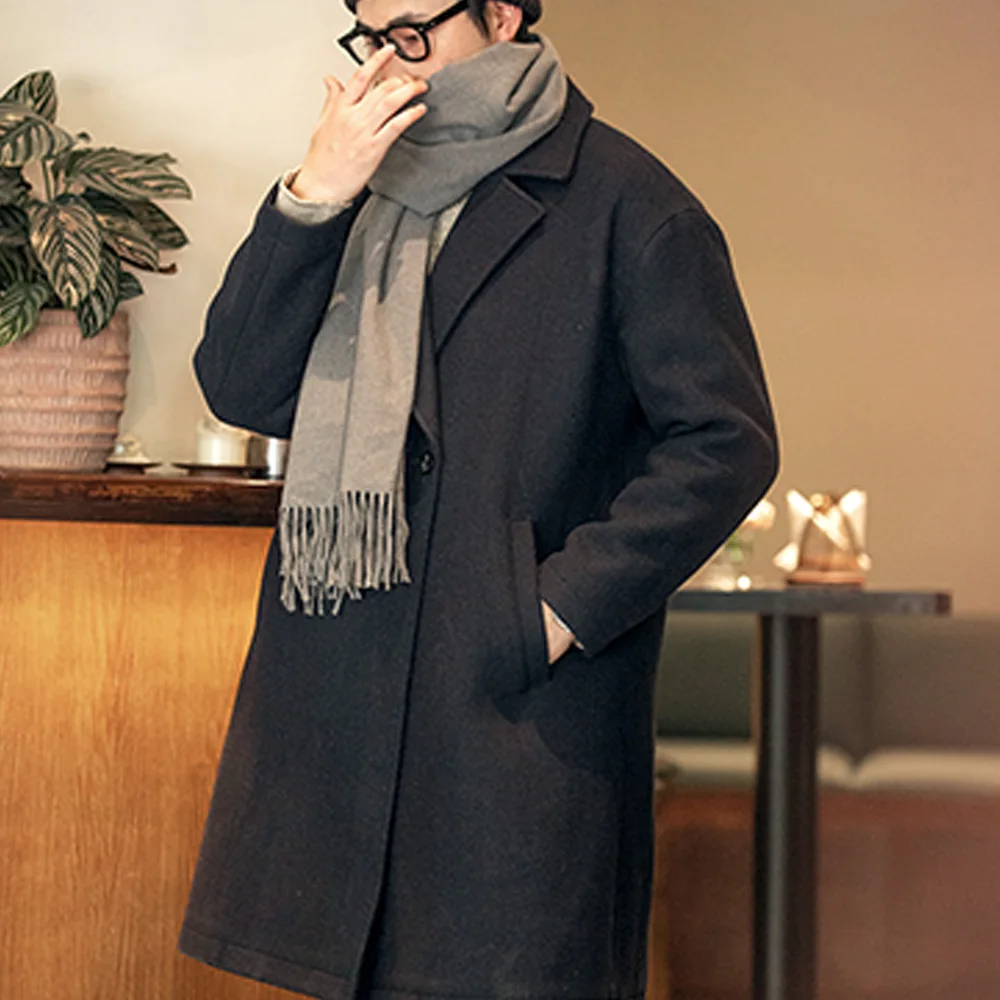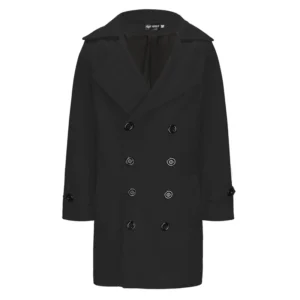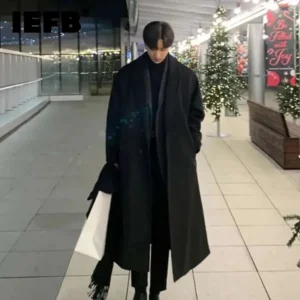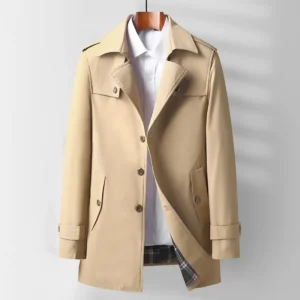What is a Herringbone Pattern? Defining the Iconic Zigzag
The herringbone pattern is a distinctive arrangement of rectangular blocks or pieces set in a repetitive zigzag formation, creating a series of V-shapes that interlock with perfect precision. Named after its striking resemblance to the skeleton of a herring fish, this timeless pattern features rectangular elements placed at right angles to create a broken, staggered effect that captures attention and adds visual depth to any surface.
True herringbone pattern is characterized by several key features:
- Rectangular pieces arranged in a staggered zigzag configuration
- Elements typically positioned at 45° or 90° angles to each other
- Creates a broken, discontinuous visual rhythm unlike continuous zigzag patterns
- Forms a series of interlocking “V” shapes that mimic fish bones
- Offers natural visual movement that draws the eye across the design
The pattern appears across numerous materials – from wood flooring and brick masonry to luxury fabrics and contemporary tile designs. In textiles specifically, herringbone represents a specialized “broken twill weave” technique, while in architectural applications like flooring and masonry, it refers to the structural arrangement of physical elements. Understanding these foundational characteristics helps appreciate why this pattern has maintained its appropriate coat length for different occasions and settings throughout history, including how certain patterns can create the illusion of height when properly designed.
Ancient Origins: Tracing Herringbone Through History
The herringbone pattern’s journey through civilization spans thousands of years, with its earliest documented appearances found in ancient Egyptian jewelry and elite textiles dating back to 1500 BCE. These early applications demonstrated an understanding of the pattern’s visual appeal and structural advantages that would later be expanded by other civilizations.
The Roman Empire’s engineers embraced herringbone with particular enthusiasm, incorporating it extensively in their architectural masterworks through a technique called “Opus Spicatum” (meaning “spiked work”). Roman roads constructed with herringbone-laid bricks dating to 500 BCE have survived millennia of use, weather, and warfare – a testament to the pattern’s remarkable structural integrity. Roman engineers recognized that this arrangement distributed weight more effectively, prevented shifting of individual elements, and resisted erosion better than conventional layouts.
During the medieval period, herringbone found its way into European cathedrals and fortifications, where its combination of strength and decorative appeal made it ideal for both structural and ornamental purposes. By the Renaissance, the pattern had transcended its purely practical origins to become a symbol of refinement, appearing in the palatial floors of Italian nobles and French royalty. The Duomo of Florence, constructed in the 1400s, features spectacular herringbone brickwork that remains intact today.
This transition from practical technique to status symbol marks a crucial evolution in the pattern’s cultural significance. As it migrated from architecture to textiles and decorative arts, herringbone carried with it associations of engineering excellence and timeless durability that still influence its perception as both formal and casual in contemporary design contexts.
Strength and Stability: The Structural Symbolism
The herringbone pattern’s most fundamental symbolic association stems from its exceptional physical properties. The interlocking arrangement creates a structure where each element supports and is supported by its neighbors, distributing pressure and preventing displacement in ways that straight-laid patterns cannot match. This intrinsic strength has made herringbone a symbol of stability, resilience, and endurance across centuries.
Roman road engineers weren’t simply being decorative when they chose herringbone for their most important thoroughfares – they understood that this arrangement would resist the tremendous pressures of constant traffic, preventing individual bricks from sinking or shifting under weight. The interlocking forces created by the angular placement transform what would be individual weak points into a cohesive, self-reinforcing structure. Many of these ancient roads remain functional today, outlasting countless other constructions from the same era.
This physical resilience naturally translated into symbolic meaning. Cultures throughout history have associated herringbone with permanence, steadfastness, and reliability. In military applications, herringbone formations represented strength through unity and strategic positioning. The pattern’s appearance in defensive architecture, from castle walls to fortified foundations, reinforced its connection to protection and security.
Even in modern architecture, engineers and designers continue to utilize herringbone arrangements when structural integrity is paramount. This pattern’s ability to distribute forces evenly makes it particularly valuable in high-traffic flooring, retaining walls, and other applications where stability is essential. These practical advantages enhance the appreciation for different coat lengths and styles, particularly in men’s herringbone coat designs where the pattern contributes both visual interest and fabric durability.
Elegance and Sophistication: The Aesthetic Symbolism
Beyond its structural advantages, the herringbone pattern has earned enduring status as a symbol of refinement and sophistication. Its visual complexity – creating movement and dimension through simple geometric repetition – elevates it above basic patterns, making it a favorite among those seeking to convey cultivated taste and discernment.
The pattern’s association with luxury can be traced to its adoption by European nobility during the Renaissance and beyond. The floors of Versailles and Italian palaces feature herringbone parquet, intentionally chosen to reflect the sophisticated tastes of their aristocratic inhabitants. The pattern’s precise geometry required skilled craftsmanship, making it accessible only to the wealthy and positioning it as a status symbol.
In fashion, herringbone weaves became prized for both their durability and elegant appearance. The subtle texture created by the broken twill technique catches light differently from smooth fabrics, adding visual interest and perceived value to garments. This elevated status has persisted through fashion history, with herringbone consistently appearing in high-end suiting, outerwear, and accessories.
The pattern’s sophisticated appeal derives partly from its balanced visual tension – creating movement without chaos, complexity without confusion. The regular repetition provides order while the angular arrangement prevents monotony. This harmonious balance has made herringbone a favorite among designers seeking to add interest without overwhelming other elements.
Today, luxury brands continue to incorporate herringbone in their premium offerings, from fine wool overcoats to upscale interior furnishings, drawing on its centuries-old association with discerning taste and refined aesthetics.
Tradition and Heritage: The Cultural Legacy
Herringbone pattern carries deep cultural significance as a symbol of traditional knowledge and craftsmanship heritage. Throughout history, the technique of creating perfect herringbone arrangements has been passed down through generations, representing a connection to ancestral wisdom and time-honored practices.
In traditional Irish Aran knitting, herringbone patterns were incorporated into fishermen’s sweaters as symbols of successful fishing and bounty. These patterns weren’t merely decorative – they told stories and carried meaning for the communities that created them. The careful arrangement of stitches in herringbone formation represented the fisherman’s catch and, by extension, success in one’s chosen profession.
Within European craft guilds, mastering herringbone techniques often served as a benchmark of skill. Apprentices would need to demonstrate their ability to execute this challenging pattern perfectly before advancing to higher levels of craftsmanship. The pattern’s difficulty made it an ideal test of precision, patience, and technical understanding.
Regional variations in herringbone techniques developed across different cultures, with subtle differences in angle, scale, and application reflecting local traditions and available materials. These variations became part of cultural identities, with distinctive herringbone styles associated with specific regions and craftsman lineages.
The generational transmission of herringbone crafting knowledge created a sense of continuity and connection to the past. Today, when we encounter herringbone patterns in traditional men’s coat styles, we’re experiencing not just a design choice but a link to centuries of craftsmanship tradition.
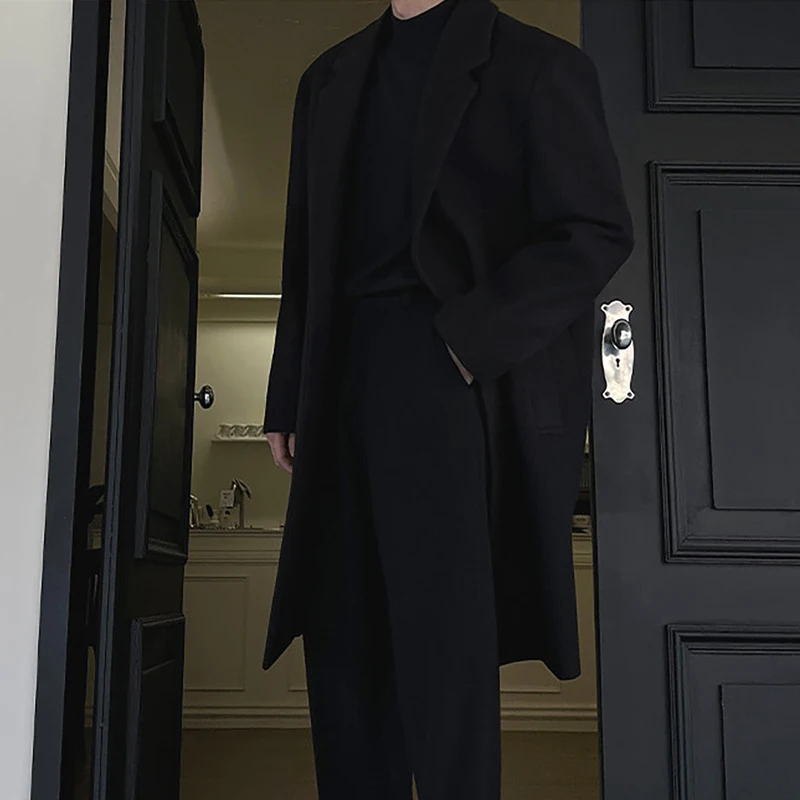
Quality and Meticulousness: The Craftsman’s Mark
The herringbone pattern has long been recognized as a symbol of quality and attention to detail due to the exceptional skill required for its creation. Unlike simpler patterns, herringbone demands precision and meticulous execution – any minor misalignment becomes immediately visible, disrupting the pattern’s harmonious flow.
Creating perfect herringbone arrangements requires mathematical accuracy and consistent technique. Each piece must be positioned at precisely the correct angle relative to its neighbors, with uniform spacing maintained throughout. This technical challenge made herringbone a natural choice for demonstrating mastery in various crafts. Historical guilds often used herringbone projects as tests for advancing craftsmen, as the pattern would reveal even small inconsistencies in technique.
The pattern’s unforgiving nature means that imperfections cannot be easily disguised. A slight deviation in angle or spacing stands out dramatically, making herringbone work a transparent demonstration of a craftsman’s skill level. This inherent quality control aspect helped cement herringbone’s association with premium craftsmanship.
In contemporary contexts, the technical difficulty of proper herringbone installation continues to position it as a marker of quality. From the precise cutting required for herringbone wood floors to the careful alignment necessary in tweed coat construction, the pattern demands and displays exceptional attention to detail. This connection between technical challenge and visible quality explains why herringbone remains a signifier of premium products and meticulous craftsmanship across various industries.
Herringbone in Fashion: From Function to Statement
The evolution of herringbone in fashion represents a perfect marriage of practical function and aesthetic appeal. Originally valued primarily for its durability in textiles, the pattern gradually became a distinctive style statement that communicated sophistication and classic taste.
Herringbone weaves offer several functional benefits that made them initially popular for hardworking garments. The interlocking structure creates fabrics with excellent durability, resisting wear in high-friction areas. The textured surface traps air between fibers, providing superior insulation in cold weather. These practical advantages made herringbone fabrics ideal for country clothing and outdoor wear, particularly in the British tradition of sturdy tweeds.
Military applications further cemented herringbone’s practical reputation. The pattern’s ability to break up the human silhouette made it effective for camouflage, while its durability withstood the rigors of service. The French military notably adopted herringbone patterns in their uniforms, valuing both the visual disruption and structural integrity.
As fashion evolved, herringbone transitioned from purely functional to symbolically prestigious. The pattern became a staple in professional business attire, where its subtle texture added interest without sacrificing formality. In outerwear especially, herringbone established itself as a marker of classic style and quality construction.
Contemporary fashion continues to reinterpret herringbone in exciting ways. Designers play with scale, creating oversized versions for bold visual impact or miniature iterations for subtle texture. The pattern appears across diverse garment categories, from traditional herringbone and plaid coats to accessories and footwear. Luxury fashion houses regularly incorporate herringbone in their collections, drawing on its rich heritage while recontextualizing it for modern tastes.
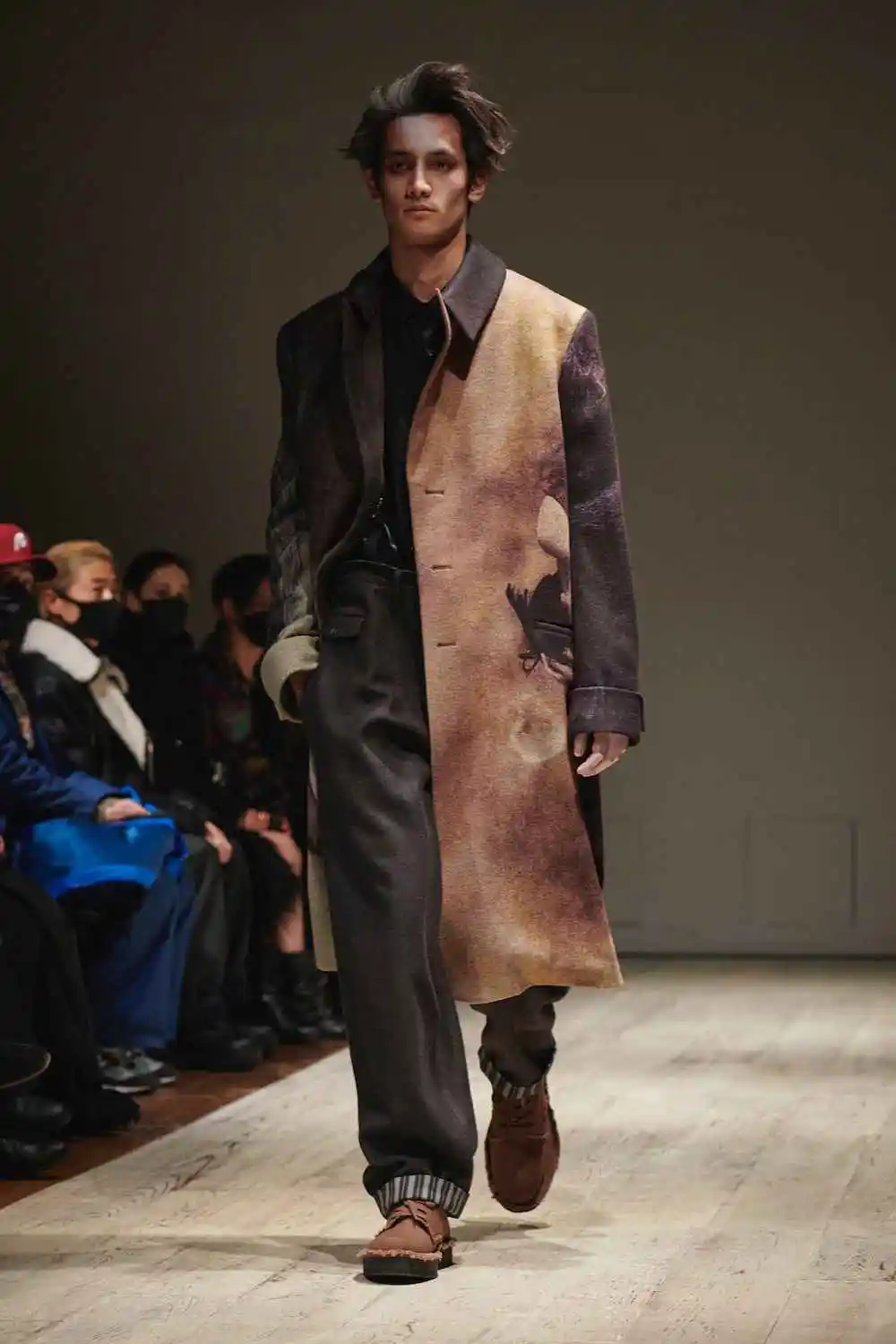
The enduring appeal of herringbone in fashion stems from its remarkable versatility. The pattern can read as traditional or contemporary, subtle or statement-making, depending on its application. This adaptability has secured herringbone’s place in the fashion landscape, including in various overcoat styles that benefit from both its visual interest and practical advantages.
Herringbone in Interior Design: Grounding Spaces with Timeless Appeal
In interior design, herringbone pattern serves as a powerful tool for creating visual interest and establishing character within spaces. The pattern’s directional quality produces a sense of movement and flow, guiding the eye and creating the impression of expanded dimensions.
One of herringbone’s most valued attributes in interior applications is its ability to make spaces appear larger. When used in flooring, particularly with wooden planks or rectangular tiles, the diagonal lines create visual pathways that extend the perceived boundaries of a room. This directional quality can make narrow spaces feel wider or short rooms seem longer, depending on the orientation of the pattern.
The scale of herringbone dramatically influences its impact on a space. Traditional small-scale patterns offer subtle texture that adds warmth without overwhelming other design elements. In contrast, oversized herringbone makes a bold statement, becoming a focal point and conversation piece. Designers carefully select scale based on room size and desired visual weight.
Material choice significantly affects how herringbone’s symbolism manifests in interiors. Wooden herringbone floors convey traditional elegance and natural warmth. Marble or stone herringbone suggests luxury and permanence. Ceramic tile interpretations can range from rustic to ultra-modern depending on finish and color. This material flexibility allows herringbone to complement virtually any design style.
Contemporary designers increasingly use herringbone to bridge traditional and modern aesthetics. The pattern’s historical roots provide a sense of timelessness and heritage, while creative applications in unexpected materials or colors keep it feeling fresh and relevant. This dual nature makes herringbone particularly valuable in spaces that aim to balance classic elements with contemporary sensibilities, much like finding the perfect coat length for different body types.
Herringbone vs. Chevron: Understanding the Distinction
Despite their visual similarities, herringbone and chevron patterns represent distinct design approaches with different structural characteristics and aesthetic impacts. Understanding these differences helps appreciate the unique qualities that make true herringbone patterns special.
The fundamental distinction lies in how the rectangular pieces meet. In herringbone patterns, each piece is positioned at a 90° angle to its neighbors, creating a broken zigzag where the ends of each piece meet the sides of adjacent pieces. This creates the distinctive staggered appearance reminiscent of fish bones. In contrast, chevron patterns feature pieces cut at an angle (typically 45°) so their ends meet perfectly to form continuous V-shaped zigzags.
This structural difference creates distinct visual rhythms. Herringbone presents a more complex, interlocking appearance with offset joints that create visual texture and dimension. Chevron offers a cleaner, more continuous flow with perfect alignment at each junction point. The broken rhythm of herringbone tends to feel more traditional and organic, while chevron’s precise points often read as more formal and geometric.
The patterns’ historical applications reflect these different qualities. Herringbone’s superior structural strength made it common in roads, masonry, and hardworking textiles. Chevron gained popularity as a primarily decorative element, particularly in Art Deco design and formal architectural ornamentation.
Both patterns have their place in contemporary design, with selection depending on the desired effect. Herringbone brings traditional character and visual complexity, while chevron creates bold directional movement. These distinctive qualities make each pattern suitable for different applications across various wool coat styles.
Modern Interpretations: Herringbone in Contemporary Design
Today’s designers are reimagining herringbone for contemporary contexts, finding innovative ways to honor its rich heritage while pushing its creative boundaries. This evolution demonstrates the pattern’s remarkable adaptability and enduring relevance.
Scale manipulation represents one of the most striking contemporary approaches to herringbone. Traditional applications typically maintained consistent proportions, but modern designers experiment with dramatically oversized elements or micro-scaled iterations that transform the pattern’s visual impact. Some installations even incorporate graduated scaling, where herringbone elements progressively change size across a surface for dynamic visual effect.
Material innovation has revolutionized herringbone’s applications and associations. Beyond traditional wood, brick, and wool, the pattern now appears in materials ranging from polished concrete and metal to recycled plastics and digital media. These unexpected material choices create compelling contrasts between the ancient pattern and contemporary substances, bringing fresh relevance to classical design.
Color experimentation represents another avenue for modern interpretation. While traditional herringbone often featured natural material tones or subtle contrasts, contemporary applications embrace bold color blocking, ombré gradients, and unexpected chromatic combinations that highlight the pattern’s geometric structure in new ways.
Digital design has embraced herringbone as well, incorporating its distinctive geometry into website backgrounds, app interfaces, and motion graphics. The pattern’s inherent sense of movement makes it particularly effective in dynamic digital environments that respond to user interaction.

These modern reinterpretations demonstrate herringbone’s unique position at the intersection of tradition and innovation. Its structured geometry provides clear historical references while remaining open to creative reinterpretation, allowing it to feel simultaneously classic and contemporary.
Is Herringbone Pattern Ever Going Out of Style?
The evidence strongly suggests that herringbone pattern possesses a unique timelessness that transcends typical fashion cycles. While many patterns experience dramatic fluctuations in popularity, herringbone has maintained a consistent presence in design for millennia, suggesting its appeal taps into something more fundamental than passing trends.
Several factors contribute to herringbone’s staying power:
First, the pattern strikes an ideal balance between visual interest and versatility. It adds texture and movement without overwhelming adjacent elements, allowing it to complement rather than compete with other design components. This adaptability enables herringbone to transition seamlessly between different style movements and aesthetic approaches.
Second, herringbone’s dual nature as both functional and decorative ensures its continued relevance. Unlike purely ornamental patterns that may fall from favor, herringbone’s structural advantages provide practical benefits that maintain its value beyond aesthetic considerations.
Design professionals consistently identify herringbone as a “forever pattern” alongside other classics like stripes and polka dots. Interior designer Thomas Pheasant notes, “Herringbone has a mathematical precision that feels both ordered and dynamic – qualities that never really go out of fashion.”
The pattern has successfully adapted to every major design movement from Classical to Contemporary, finding new expressions while maintaining its essential character. This adaptability suggests herringbone will continue evolving alongside changing tastes rather than being replaced by newer motifs. For those interested in incorporating this classic pattern into their wardrobes, the timeless allure of herringbone overcoats makes them particularly worthy investments.
Mens Double Breasted Pea Coat, Mens Wool Blend Coat, Mens Wool Pea Coat
Price range: $136.84 through $157.36 Select options This product has multiple variants. The options may be chosen on the product pageMens Cashmere Overcoat, Mens Hooded Winter Coat, Mens Wool Blend Coat
Price range: $128.72 through $139.68 Select options This product has multiple variants. The options may be chosen on the product pageMens Black Overcoat, Mens Black Wool Coat, Mens Wool Overcoat
$339.18 Select options This product has multiple variants. The options may be chosen on the product pageMens Grey Overcoat, Mens Wool Blend Coat, Mens Wool Overcoat
$201.28 Select options This product has multiple variants. The options may be chosen on the product pageMens Herringbone Coat, Mens Long Overcoat, Mens Wool Overcoat
Price range: $197.16 through $203.69 Select options This product has multiple variants. The options may be chosen on the product pageMens Long Overcoat, Mens Topcoats
Price range: $189.40 through $196.88 Select options This product has multiple variants. The options may be chosen on the product page
Does Herringbone Pattern Make Spaces Look Larger?
Yes, herringbone patterns can significantly influence spatial perception, often making rooms appear larger and more dynamic through several visual principles. This effect makes herringbone particularly valuable in interior design where maximizing perceived space is a priority.
The diagonal lines created by herringbone layouts naturally draw the eye across a surface, extending visual pathways beyond the actual boundaries of a space. Unlike horizontal patterns that can make rooms feel shorter or vertical patterns that emphasize height but reduce perceived width, herringbone’s angular arrangement creates movement in multiple directions simultaneously.
Scale selection plays a crucial role in maximizing this space-enhancing effect. Design experts generally recommend:
- For smaller spaces: Use medium-scale herringbone to create movement without overwhelming the area
- For narrow rooms: Install herringbone perpendicular to the longest walls to visually widen the space
- For low-ceilinged areas: Consider vertical applications like wall treatments to draw the eye upward
The contrast between elements in a herringbone pattern also affects spatial perception. Higher contrast (such as alternating dark and light wood planks) creates more visual energy but can make spaces feel busier. Lower contrast applications provide subtle texture that expands space without creating visual clutter.
The directional laying technique further influences the pattern’s impact. Standard herringbone, with pieces laid at 90° angles, creates balanced movement. Diagonal herringbone, where the entire pattern is rotated 45° relative to the room’s walls, produces even more dynamic visual flow, particularly effective in formal coat styles where proper proportions enhance the wearer’s silhouette.
Why Is Herringbone More Expensive Than Regular Patterns?
Herringbone patterns typically command premium pricing compared to simpler arrangements due to several factors that increase both material costs and labor requirements.
Material waste represents a significant cost factor. Creating herringbone patterns requires cutting rectangular pieces to precise dimensions, often resulting in 15-20% more material waste compared to straight-laid patterns. Each piece must meet exact specifications to maintain the pattern’s integrity, meaning imperfect pieces cannot be used as they might in simpler arrangements.
Labor intensity dramatically increases with herringbone installations. Professional installers report that herringbone patterns typically require 30-50% more labor hours than standard layouts. The precise alignment needed at each junction point requires constant measuring, adjusting, and checking throughout the installation process. The need for exact angles and consistent spacing means installers must work more methodically, significantly extending project timelines.
Technical expertise requirements further impact pricing. Proper herringbone installation demands specialized knowledge and experience that commands higher hourly rates. As master installer Robert Jenkins explains, “Anyone can lay straight boards, but herringbone reveals every minor mistake. It takes years to develop the skills for perfect herringbone execution.”
The premium positioning of herringbone in the marketplace also influences its price point. As a pattern historically associated with luxury and quality, herringbone naturally commands higher prices across various applications from flooring to fashion. This premium status extends to cashmere overcoats and other luxury garments where herringbone patterns often feature prominently.
The Lasting Legacy: Why Herringbone Endures
Herringbone pattern’s remarkable journey through design history represents a rare confluence of practical function, aesthetic appeal, and symbolic resonance that explains its enduring presence in human creativity.
Few design elements can claim such a perfect balance of seemingly contradictory qualities. Herringbone is simultaneously dynamic yet ordered, complex yet readable, traditional yet adaptable. This unique equilibrium allows it to communicate multiple desirable attributes at once – strength and sophistication, heritage and innovation, stability and movement – making it exceptionally versatile across different applications and contexts.
The pattern’s dual foundation in both engineering practicality and visual artistry ensures its continued relevance. While purely decorative trends may fade and purely functional elements may be replaced by newer technologies, herringbone’s combination of structural advantages and aesthetic appeal gives it remarkable staying power. It solves practical problems while satisfying our deeper desire for visual harmony and meaningful connection.
Perhaps most significantly, herringbone represents a tangible link to human creative history. When we incorporate this pattern into contemporary designs, we participate in a continuous tradition stretching back thousands of years. This connection transcends specific cultural contexts, linking diverse civilizations through a shared appreciation for geometric precision and visual rhythm.
As design continues to evolve, herringbone demonstrates how traditional patterns can find new relevance through thoughtful reinterpretation. Its essential characteristics provide a recognizable foundation, while its adaptability welcomes creative experimentation. This balance of tradition and innovation ensures that herringbone will continue inspiring designers across disciplines for generations to come.

